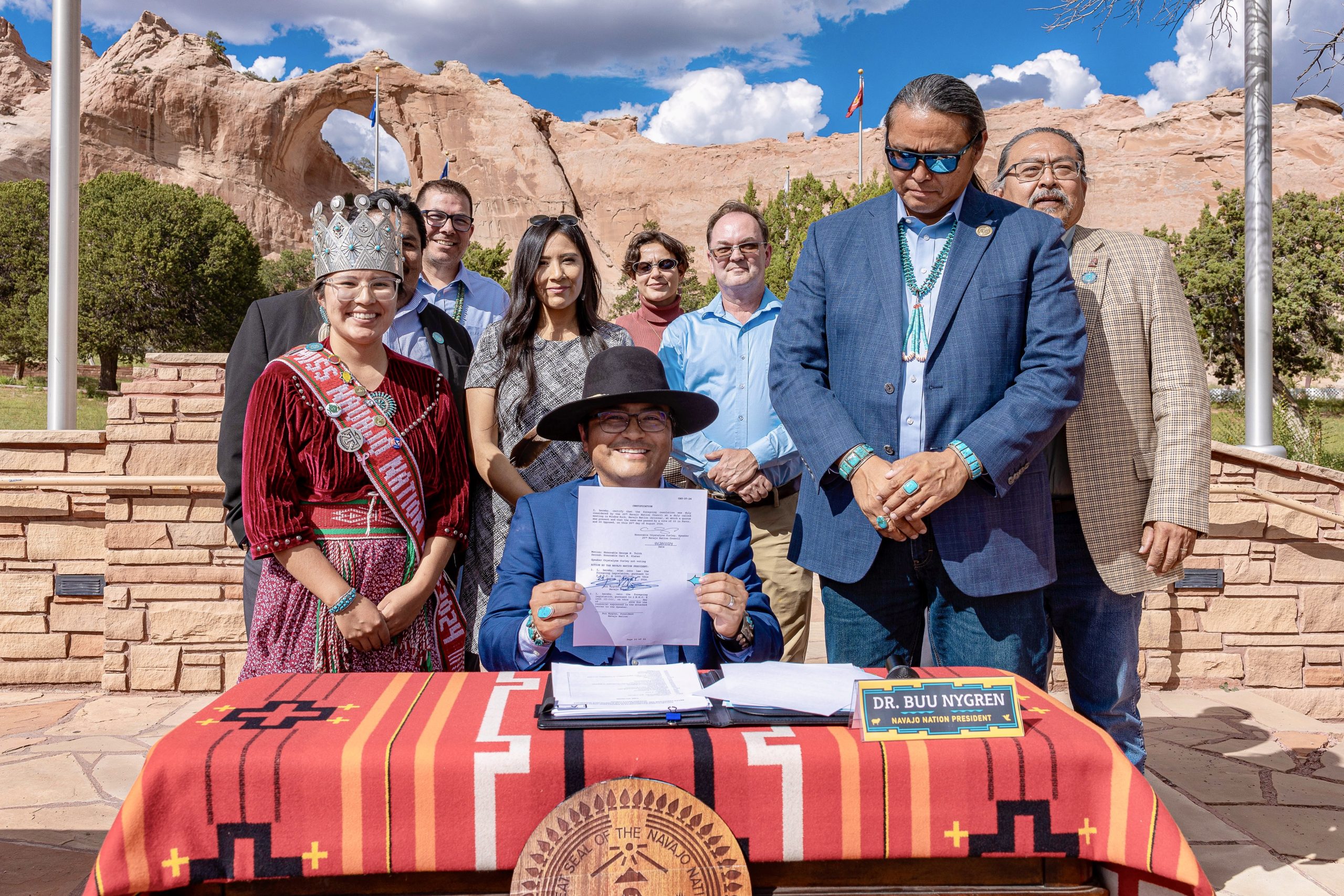Podcast: Play in new window | Download | Embed
Photo: Elizabeth Lakshmi Kanter holds freshly-picked salmonberries on her land in Homer. (Rachel Cassandra / Alaska Public Media)
Wild Alaska berries are one of the most nutritious and antioxidant-rich foods available. But climate change is altering where berries grow in Alaska and when.
So researchers at the University of Alaska Fairbanks are gathering data to make sure Alaskans can pick both wild and cultivated berries in the decades to come.
Alaska Public Media’s Rachel Cassandra has the story.
About ten years ago, Genelle Winter noticed that berries in Metlakatla were much smaller than normal. So did a lot of other people in the community.
It was one of the early warning signs of what would later be officially deemed, in 2018, a regional drought.
“And then all of a sudden, all of those indicators that we had been taking note of made sense.”
Winter works for the Metlakatla Indian Community in Southeast Alaska. She says she’s also noticed other changes in berries since moving to Metlakatla three decades ago. She says service berries or saskatoon are thriving.
“We’re seeing more and more and more of it.”
Metlakatla is just one of many Alaskan communities noticing dramatic changes in berry production.
In the past few years, people have reported late salmonberries in Seldovia, insects on cloudberries in Trapper Creek, and early blueberries in Fairbanks.
Changes like this impact berry harvests that Alaskans rely on for nutrition, culture, and connection to their environment.
And berries are expensive to import, so many Alaskans can’t replace them in their diet if they have a low harvest year.
Katie Spellman is a researcher at the University of Alaska Fairbanks (UAF).
For the past two decades, UAF has been collecting data on berry size and quality, life cycle timing, and impacts of snow pack, to help better understand the impact of climate change.
The good news, Spellman says, is that Alaska berries are not going to disappear.
“None of them are going extinct. They might shift their regions so that we have to start using other berries as substitutes for the ones that we’ve traditionally picked.”
Because climate change impacts are unpredictable, Spellman says the best way communities can adapt is to have a diversity of berry plants.
In Metlakatla, Genelle Winter is part of a team working to increase resilience and food security.
Winter says they’re planting as many fruiting and edible plants as they can throughout the community, swapping them out when ornamentals need replacing.
They hope that means people in Metlakatla can harvest berries for many generations to come.

(Courtesy Navajo Nation Office of the President and Vice-President)
Navajo Nation President Buu Nygren has signed legislation to provide for the protection of Navajo people when it comes to the transportation of radioactive materials on Navajo land.
President Nygren signed amendments last week to strengthen a 2012 tribal law to regulate transportation of radioactive materials across the Navajo Nation.
This follows the transfer of two trucks carrying uranium ore through the Navajo Nation in July by a production company near the Grand Canyon.
The Navajo Nation says it was unauthorized and tried to stop the trucks.
At the signing ceremony in Window Rock, Ariz., which was streamed online, Nygren says in August he joined marchers on the reservation who protested the transport and were sending the message that the Navajo Nation needs to be respected.
“And we wanted to make clear that people that live and reside on the Navajo Nation should be respected at all times.”
Nygren says signing the amendments to the law sends the message to “respect tribal sovereignty.”

(Courtesy Cherokee Nation)
The Cherokee Nation recently launched the Cherokee Film Institute, a tribally operated education and workforce development center.
The Cherokee Film Institute is intended to create educational and career opportunities aimed at removing barriers for Native Americans to enter the film and media industry.
It also aims at creating a sustainable workforce in and around the tribal reservation in Oklahoma.
The institute’s first courses are set to begin in January.
The program is open to anyone 18 and older.
Native American applicants will be able to apply for a tuition waiver to help remove barriers for entry into the industry.
Get National Native News delivered to your inbox daily and stay up-to-date on the 2024 Native Vote. Sign up for our daily newsletter today.



